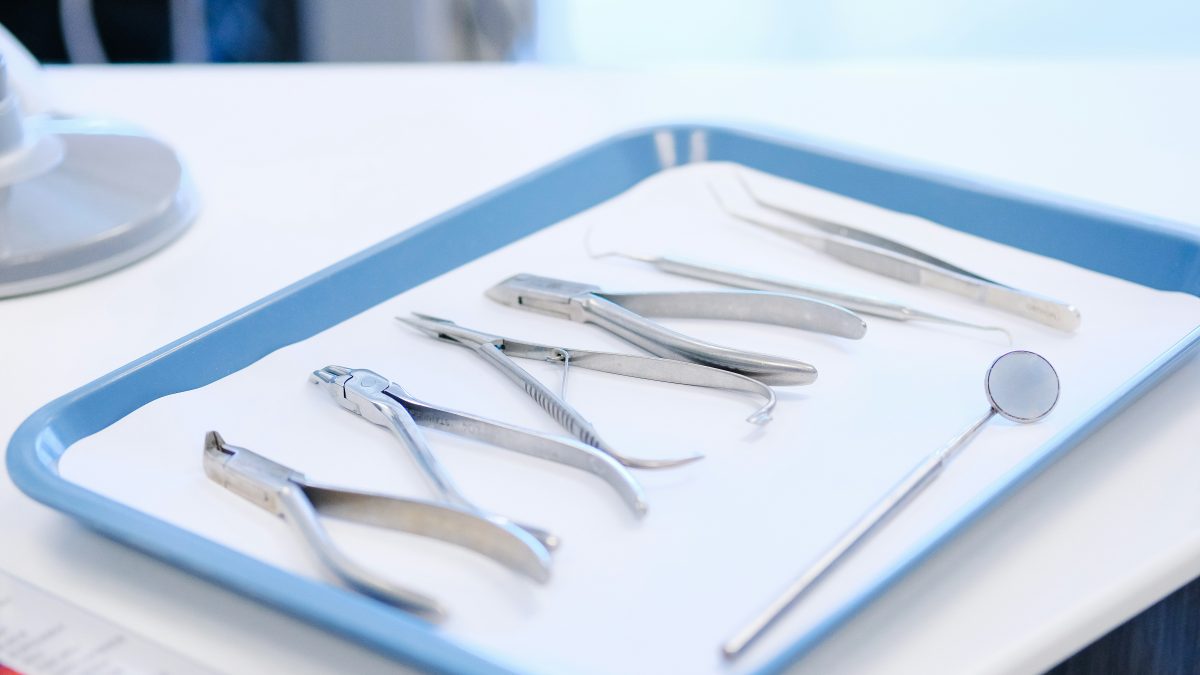- Hook: The growing trend of holistic health and its application to dentistry.
- Define holistic dentistry: an approach that considers the entire body’s health in relation to oral health.
- State the post’s purpose: to explore the principles of holistic dentistry, its key practices, and how it differs from conventional dentistry.
What is Holistic Dentistry? Core Principles
- Whole-Body Connection:
- Emphasize the oral-systemic link from a holistic perspective.
- Treating the patient as a whole, not just the mouth.
- Minimally Invasive Treatments:
- Prioritizing preservation of natural tooth structure.
- Biocompatible Materials:
- Avoiding materials that may have adverse effects on the body (e.g., mercury amalgam fillings).
- Prevention and Education:
- Strong focus on patient education, nutrition, and lifestyle.
- Patient Empowerment:
- Involving patients in their treatment decisions.
Key Practices and Approaches in Holistic Dentistry
- Mercury-Free and Mercury-Safe Amalgam Removal:
- The Issue: Concerns about mercury vapor release from amalgam fillings.
- Safe Removal Protocols (SMART certification, if applicable): Explain specific techniques used to protect the patient and dental team during removal.
- Alternative Materials: Composite resins, porcelain, zirconia.
- Biocompatible Materials Testing:
- How some holistic dentists may test for material sensitivities.
- Discussion of different restorative materials (ceramic, resin, etc.) and their inertness.
- Nutrition and Diet:
- Beyond Sugar: Discussing the role of micronutrients, gut health, and inflammatory foods in oral health.
- Dietary recommendations for strong teeth and gums.
- Ozone Therapy:
- Application in Dentistry: For disinfecting cavities, treating gum disease, and sterilizing root canals.
- Mechanism of Action: How ozone works as an antimicrobial agent.
- Oil Pulling and Natural Rinses:
- Historical Context: Ancient practices for oral hygiene.
- Scientific Evidence (or lack thereof): Discuss the current research and what it suggests.
- How to do it: Practical guide for oil pulling.
- Acupuncture and Acupressure in Dentistry:
- For pain management, anxiety reduction, and gag reflex control.
- Integration with conventional treatments.
- Dental Phobia and Anxiety Management:
- Holistic approaches to calm nervous patients (meditation, aromatherapy, gentle techniques).
Conventional vs. Holistic: Understanding the Differences
- Philosophy: Focus on symptoms vs. root causes.
- Materials: Emphasis on traditional materials vs. biocompatible.
- Treatment Scope: Mouth only vs. whole body.
- Collaboration: Holistic dentists often collaborate with other healthcare providers.
Is Holistic Dentistry Right for You?
- Considerations:
- Your personal health philosophy.
- Specific health concerns or sensitivities.
- Finding a qualified and reputable holistic dentist.
- Benefits: Potential for fewer systemic side effects, personalized care, emphasis on prevention.
Conclusion:
- Summarize the holistic approach as a comprehensive path to oral and overall wellness.
- Encourage readers to explore this perspective and discuss it with their dental professional.
- Emphasize the growing understanding of the body’s interconnectedness.
Call to Action: Curious about a holistic approach to your dental health? Contact us to learn more about our patient-centered care. Image Ideas: Infographic showing the body’s systems connected to oral health, a patient comfortably receiving dental care, natural ingredients used in oral hygiene, a symbol representing balance/wellness.
Related posts
Meet the Author
Welcome to OdontoBlog, your essential source for current dental news and tips. Our goal is to simplify oral health, offering accurate and accessible information.
Popular Posts
Subscribe Now
* You will receive the latest news and updates on your favorite celebrities!


